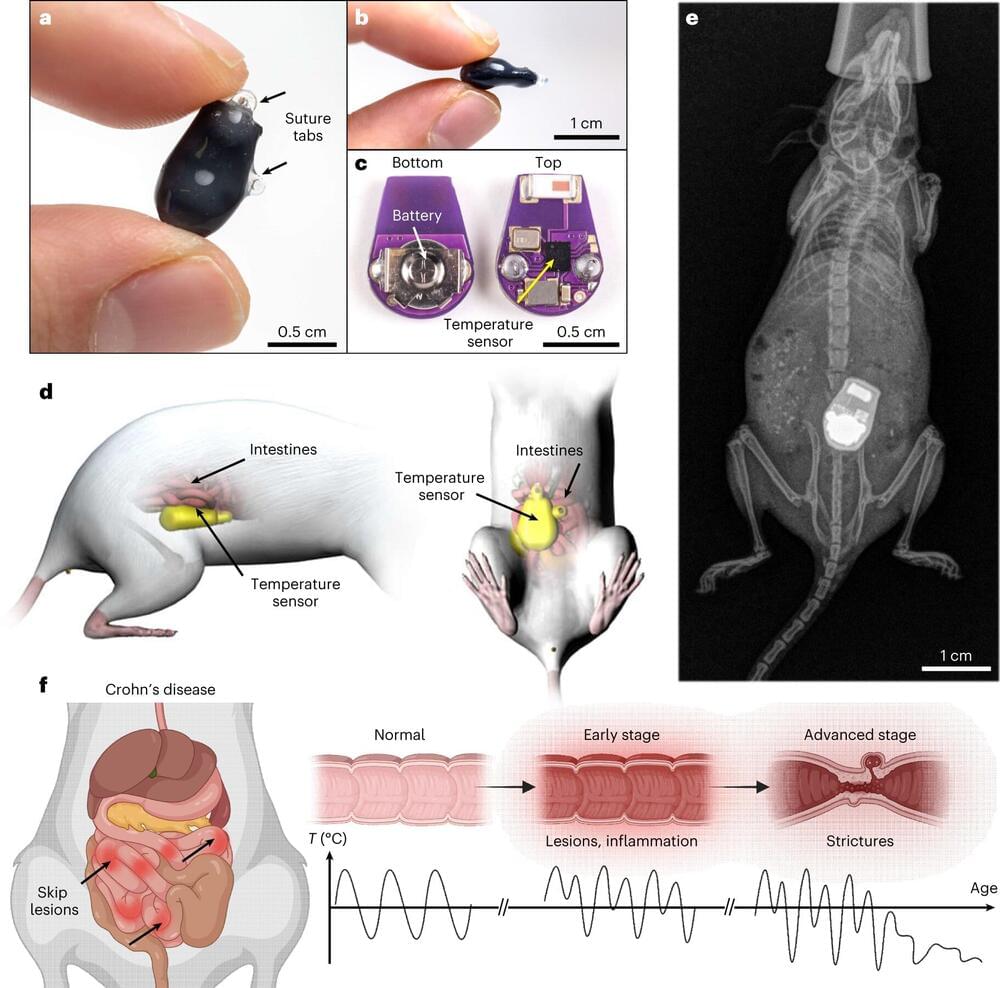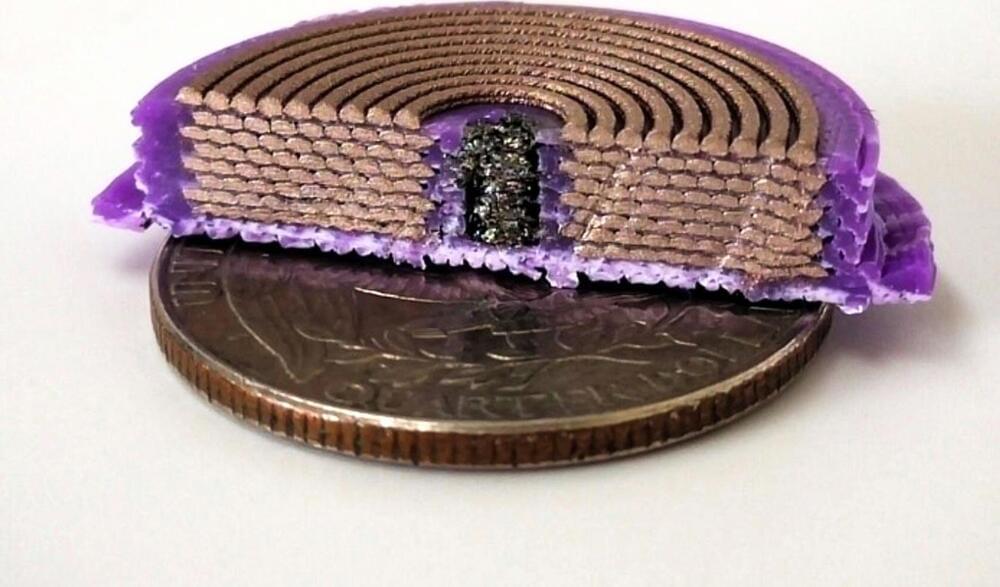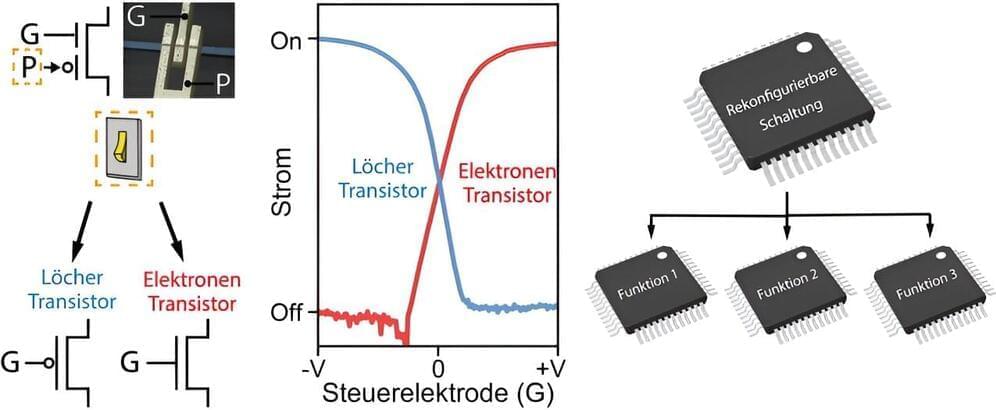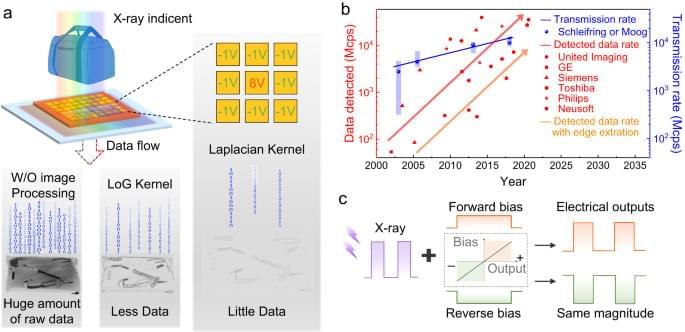A team of Northwestern University scientists has developed the first wireless, implantable temperature sensor to detect inflammatory flareups in patients with Crohn’s disease. The approach offers long-term, real-time monitoring and could enable clinicians to act earlier to prevent or limit the permanent damage caused by inflammatory episodes.
Category: electronics – Page 17
The calculation, which took around 75 days to complete, was carried out with 36 of the company’s proprietary solid-state drives (SSDs) — a storage medium fitted into many of the newest laptops — that stored altogether around 1 petabyte (1 million gigabytes) of data.
Processors are also needed to perform the number-crunching — with more powerful components reducing the time it takes to perform the necessary calculations. However, reliable and large-capacity storage is arguably more important because you need to store a massive amount of data in such a process.
The achievement “was no small feat,” Solidigm owner Brian Beeler said in the statement. “It involved meticulous planning, optimization, and execution.”
When we recycle electronic devices we can no longer use, we expect to make the most out of the precious natural resources that went into building them. But electronic waste is notoriously difficult to recycle because it’s hard to separate the different metals in the waste from each other.
The printed solenoids could enable electronics that cost less and are easier to manufacture — on Earth or in space.
Imagine being able to build an entire dialysis machine using nothing more than a 3D printer.
This could not only reduce costs and eliminate manufacturing waste, but since this machine could be produced outside a factory, people with limited resources or those who live in remote areas may be able to access this medical device more easily.
Even the most complicated data processing on a computer can be broken down into small, simple logical steps: You can add individual bits together, you can reverse logical states, you can use combinations such as “AND” or “OR.” Such operations are realized on the computer by very specific sets of transistors. These sets then form larger circuit blocks that carry out more complex data manipulations.
Elon Musk’s X is doubling down on its shift to video with the introduction of its own TV app, launching next week.
Highly precise optical absorption spectra of diamond reveal ultra-fine splitting.
Besides being “a girl’s best friend,” diamonds have broad industrial applications, such as in solid-state electronics. New technologies aim to produce high-purity synthetic crystals that become excellent semiconductors when doped with impurities as electron donors or acceptors of other elements.
The Science of Doping.
In-sensor computing requires detectors with polarity reconfigurability and linear responsivity. Pang et al. report a CsPbBr3 perovskite single crystal X-ray detector for edge extraction imaging with a data compression ratio of 46.4% and classification task with an accuracy of 100%.
The researchers from UCL created a reusable vest to diagnose hypertrophic cardiomyopathy–an inherited heart muscle condition.









